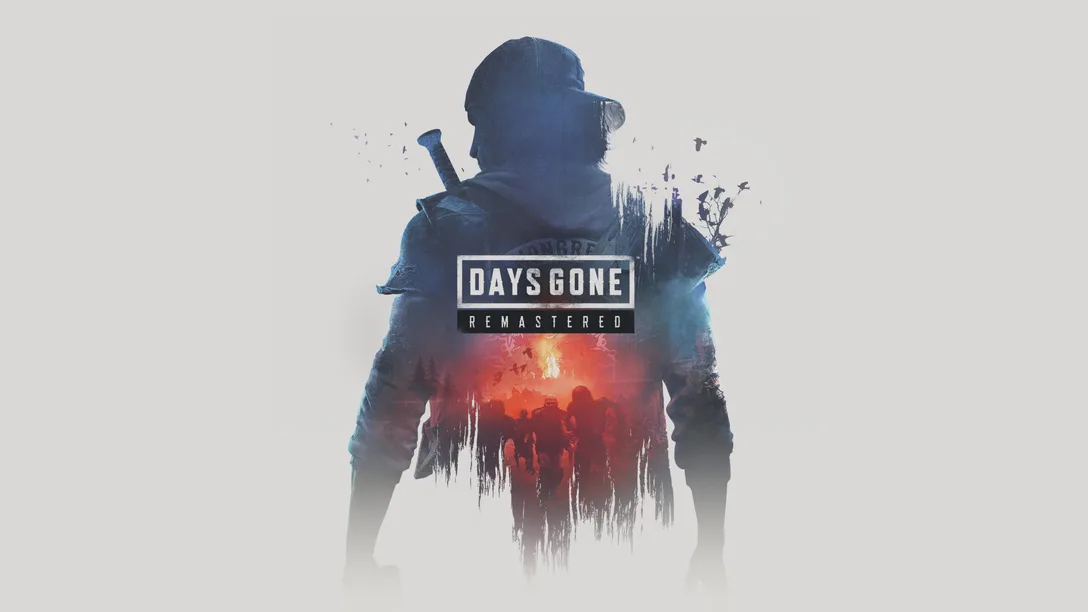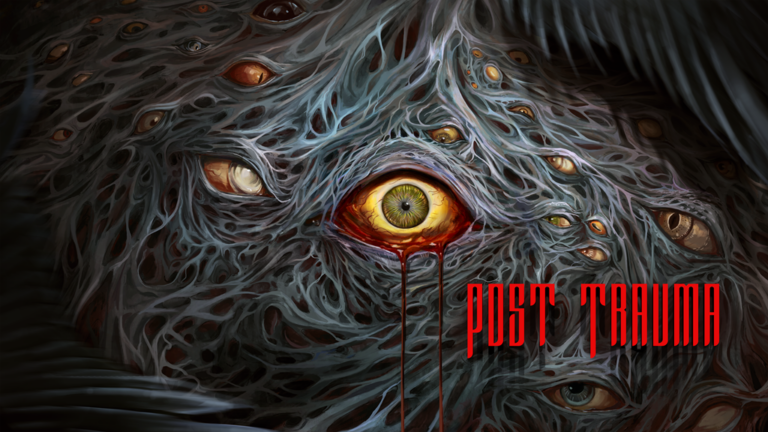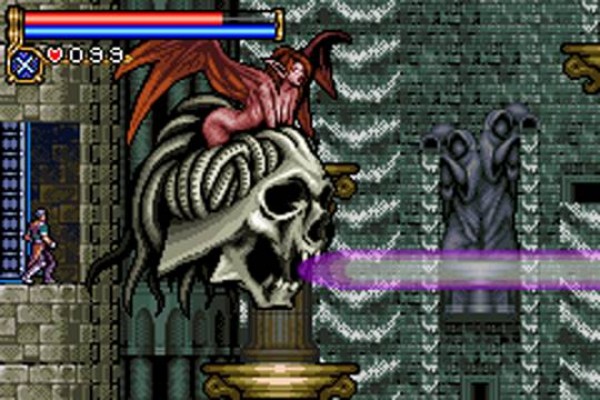
Konami made a significant change in the Castlevania franchise with the PlayStation release of Castlevania: Symphony of the Night, fusing two beloved Nintendo franchises into one spectacular package. Taking the upgradable attribute style from Metroid and melding it with traditional Castlevania platforming and epic storytelling, Symphony became an instant classic that many argue is the series’ flagship title. There is little need to debate the impact the game had simply because of the path the series has taken since its inception and, most importantly, fan reception. People are still talking about it as if the game released this year, (and mind you, it has been out since October of ’97).
With such resounding success it was inevitable for the series to continue in this direction, and so it has for the past thirteen years, releasing multiple handheld titles -some of which were lackluster, but overall are very fun and fulfilling to the legacy that Castlevania: Symphony of the Night has left. The first of these titles to be released was Castlevania: Circle of the Moon on the Gameboy Advance in 2001. It follows Nathan Graves on his mission to rescue his mentor, Morris Baldwin. The journey is long and treacherous, but nonetheless exciting.
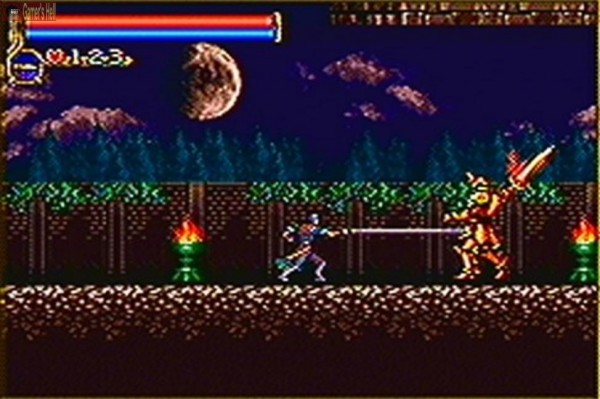
Stated previously, Symphony added some elements to gameplay not yet seen in the Castlevania franchise, i.e. shape-shifting, familiars, and using actual armor upgrades and different weapons to dispatch your foes (other than the usual holy water, cross, axe and dagger found in the series as a whole); Circle follows this same RPG style by having Nathan level up, find and equip different armors and relics along the journey, but also adds a new card system that combines different powers to strengthen his whip and discover weaknesses to various enemies. It was such an interesting concept that a couple titles later, in Castlevania: Aria of Sorrow, we experienced the “Tactical Soul” system, which no doubt has roots tied to the card system provided here.
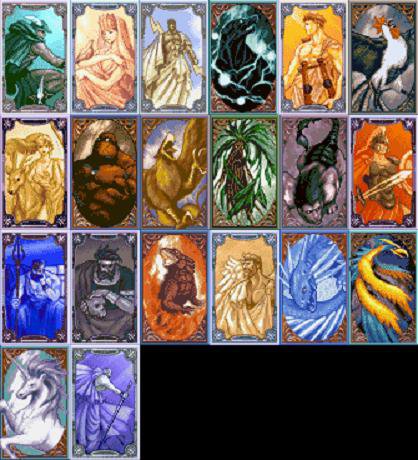
Graphically, Circle is brilliant. One thing about the Gameboy Advance is that it is basically a miniature Super Nintendo / N64 hybrid that is stronger than the SNES, but not quite as strong as the N64, which allows for a nice, colorful, detailed environment to be explored. While the game’s animations are not as fluid as those in Symphony, it does not hinder the pace or the fun experienced. It all wraps up nicely inside the shell of its soundtrack provided by Sotaro Tojima and Hiroshi Mitsuoka – an anthemic soundtrack, but still lacking the melodies and beauty of Michiru Yamane’s work. If you like Symphony, then you will undoubtedly enjoy this title. From the gameplay to the innovative combat systems to the ever familiar feeling of gradual exploration, this game is a nice ride and still plays like it did ten years ago –nice and smooth.
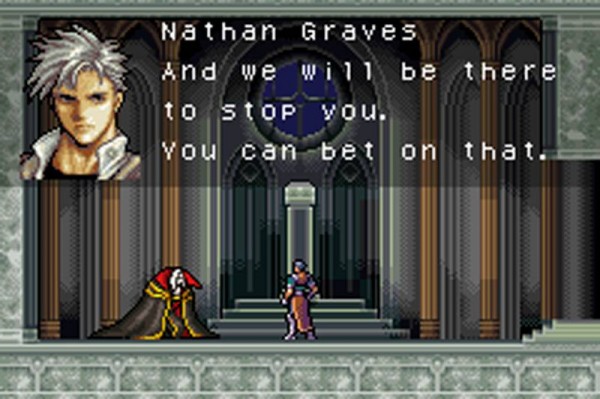
 (9 / 10)
(9 / 10)
Amazing
 (9 / 10)
(9 / 10)
